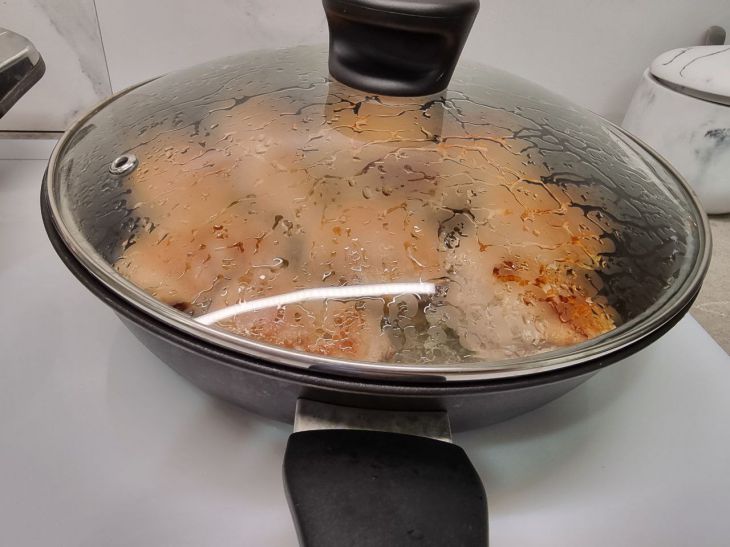Why Your Frying Pan Ruins the Taste of Meat? Chefs Are Hiding This Lifehack
Are you sure your steaks and chops are losing their juiciness and flavor due to a lack of talent? Your frying pan may be to blame.
Professional chefs have been hiding the truth for decades: Even expensive cookware can turn meat into tasteless sole.
Wrong material
Teflon: when heated above 200°C it releases toxic fumes, and the thin coating does not produce a golden crust.
Aluminum: Oxidizes and imparts a metallic taste to meat.
Chefs' lifehack: use cast iron or ceramic-coated steel. They retain heat and do not react with food.

Cold frying pan
Meat thrown onto an unheated surface is stewed, not fried. The juice flows out, and a crust does not form.
How to check: spray with water - it should evaporate in 2 seconds.
Ideal temperature: 180–200°C. Use an infrared thermometer.
Butter is a taste killer
Extra virgin olive oil: smokes at 160°C, burns, tastes bitter. Only suitable for final aroma.
Refined oils (sunflower, corn): can withstand temperatures up to 230°C.
Chefs' advice: for steaks - ghee (smoke point 250°C). For chicken - coconut.
Carbon deposits on the surface
Food and fat residues burn, releasing carcinogens. Meat absorbs bitterness.
A study by the University of Reading (2023) found that 60% of household frying pans have a layer of carbon deposits that are invisible to the eye.
How to clean: calcine cast iron with salt, steel with soda and vinegar.
Wrong size
If the meat is close to the edges, the temperature is distributed unevenly. The edges burn, the middle is raw.
Rule: there should be a distance of 2 cm between pieces.
Emergency method: fry in portions, not all at once.
What Do Chefs Do? 3 Secrets
1. Do not wash the frying pan with soap. After the meat, wipe it with paper, heat it with oil. Soap removes the protective layer.
2. Use two heating zones. First fry on high heat, then finish on medium.
3. Let the meat "rest" in the pan. After frying, leave it for 1-2 minutes to allow the juices to distribute.
How to choose a frying pan?
For steaks: cast iron, bottom thickness - from 4 mm.
For chicken: steel with non-stick coating.
For stewing: ceramic with high sides.
Your action plan
1. Throw away any frying pan with scratches and carbon deposits.
2. Buy a thermometer to measure surface temperature.
3. Replace olive oil with ghee for frying.
